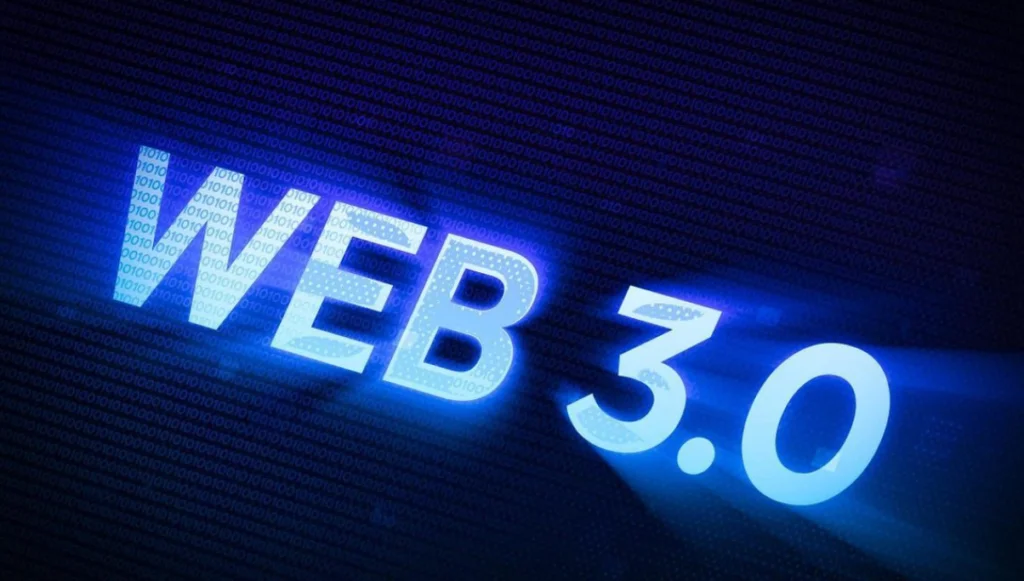The digital arena is undergoing a profound transformation in the context of rapidly evolving Web3 and blockchain technology. With a surge in the number of innovative use cases for blockchain, one sector that’s gaining increased adoption is decentralized finances.

As the interactions with the digital world are transforming with decentralization, it also triggers a new wave of vulnerabilities that threaten the security of projects and user funds in the ecosystem.
In this blog, we’ll delve into the top 5 Web3 security risks to watch out for and explore fundamental risk mitigation strategies that can help safeguard projects.
Wide Prevalent Web3 Threats
1. Rug Pulls
Rug pulls have become a distressing trend in 2023. These exit scams wreak havoc, compromising the trust and security of the Web3 ecosystem.
Rug pulls are caused by developers abandoning a cryptocurrency project, leaving investors with nothing at all. To combat this threat, due diligence is essential.
Investigate the project’s team, their track record, and the project’s codebase. Engage in discussions within the Web3 community to gain insights, and using rug pull detector tools can help avoid falling into a rug pull trap.
2. Smart Contract Logic Hacks
Smart contract logic hacks come next to rug pulls that account for a significant portion of hacks in 2023. Let’s take a closer look at how these hacks happen and how we can prevent such instances.
Smart contracts can be compromised through flaws underlying their logic. Reentrancy bugs, data manipulation, and insecure credentials are common vulnerabilities exploited by malicious actors.
Engaging with expert auditors helps identify and address vulnerabilities before they’re exploited, and that bolsters the overall security of your project.
3. Code Injection Attacks
Code injection attacks involve injecting malicious code into a smart contract. This happens by exploiting vulnerabilities or tricking users into executing harmful code.
Shielding against such attacks can be achieved through code reviews and strict security protocols during development. Embracing security practices such as input validation and code signing adds an extra layer of protection.
4. Cryptojacking
Cryptojacking involves stealing a victim’s computing power to mine cryptocurrency. Cybercriminals exploit vulnerabilities in websites or trick users into downloading malicious files.
To counter cryptojacking, adopt robust cybersecurity practices, such as regular software updates and the use of ad-blockers and antivirus software.
5. Phishing Attacks
Phishing attacks aim to manipulate victims into revealing sensitive information by pretending to be legitimate entities.
To fortify against these attacks, user education is important. Encouraging users to verify the authenticity of messages and URLs before clicking on links and implementing two-factor authentication (2FA) serves as an extra layer of security to user accounts.
A Catch-Up On The Foundational Risk Mitigation Strategies
Now that we’ve explored the challenges, it’s time to draw out strategies that strengthen the security of Web3 projects.
- Adopting Security-by-Design Approach
Incorporating security principles into every facet of development that minimizes attack surfaces, or by implementing zero-trust frameworks, etc. These practices bolster the security of Web3 projects from the ground up, reducing the potential for vulnerabilities.
Prioritize Security Throughout the Development Process
A thorough assessment of system architecture to identify potential risks and prioritizing security at every stage of development is important. By doing so, you’ll create a proactive defense that minimizes the risk of project breach.
Implement Security Audits
Regular evaluation and testing project’s codebase uncovers the vulnerabilities. External security auditors can provide fresh perspectives and unearth bugs that internal teams might overlook. Consistent smart contract security audits keep your project’s defenses strong and development on track.
Concluding note
In the dynamic world of Web3, where innovation intertwines with risk, safeguarding projects is paramount. By staying informed, adopting best practices, and fostering a culture of security, we can navigate the intricate landscape of Web3, ensuring the future is both innovative and secure.
